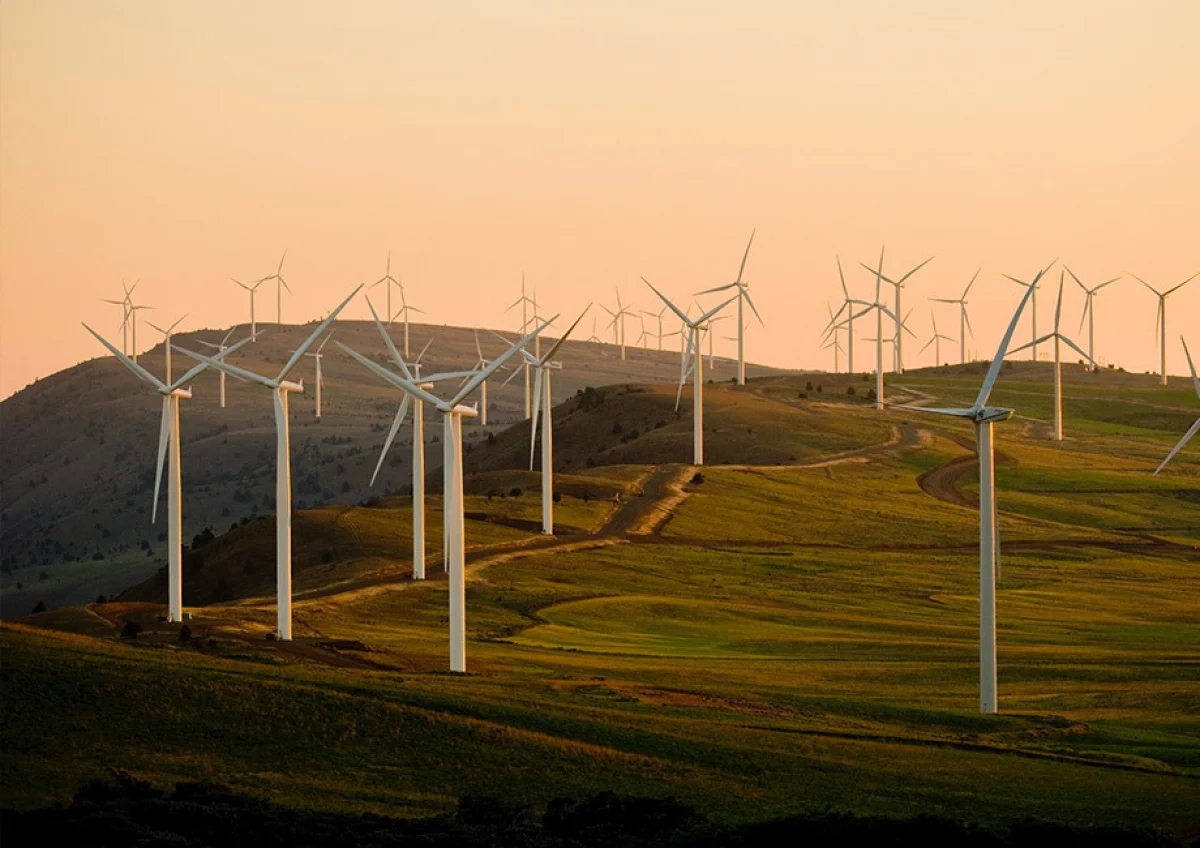How Green Investment Funds Benefitted a Fossil Fuel Giant
Net Zero by 2050 is the battle cry the world continually hears from governments and green organisations whose mantra is for the world to be free of greenhouse gases within the next three decades. Indeed, the latest COP*, a conference of governments held in Egypt this year, once again espoused the need for carbon neutrality by 2050 and to keep global warming below 1.5 degrees centigrade.
*COP – The Conference of the Parties attended by governments that had signed the United Nations Framework Convention on Climate Change (UNFCCC), a treaty which was created in 1994.
Sadly, the world is somewhat behind in this ambitious plan, especially as the recent war between Russia and Ukraine has ensured that a number of countries have had to increase reliance on fossil fuels to meet energy demands. Furthermore, expert analysts have announced that as of December 2022 investments of USD7 trillion per annum, or almost USD200 trillion by 2050, are required to meet the Net Zero goal.
Thus, with an investment goal of USD7 trillion per annum, how is it that investment funds earmarked for ESG (Environmental, Social and Corporate/Social Governance), or sustainable investments, have surprisingly ended up in the coffers of Aramco, the world’s largest oil company? The answer lies back in 2021 when Aramco started the process of raising USD28 billion, and where unintentionally (so it appears), they were the recipient of funds intended for ESG and sustainable projects.
The tie up between ESG and Aramco came about with the creation of two Aramco subsidiaries, the Aramco Gas Pipelines Co and the Aramco Oil Pipelines Co. In which scenario, Aramco sold 49% of each company to consortiums led by BlackRock Inc and Global Energy Partners LLC, who employed bridging loans from banks to fund both transactions. However, the consortium needed funding to repay the bank loans so two SPVs were created with the same Luxembourg address and named GreenSaif Pipelines Bidco and EIG Pearl Holdings. The two SPVs went on to sell bonds, and as there was no direct link to the fossil fuel industry, the bonds enjoyed an above-average score on the JPMorgan Chase sustainability screening process. The natural progression of these bonds was to then appear in the JPMorgan ESG Index, which are tracked by circa USD40 billion under management.
As a result, a number of actively managed ESG funds have bought bonds issued by the two SPVs, and with analysts predicting that another USD15 billion in debt is needed to continue the financing of the pipeline, ESG funds will need to increase their due diligence. A number of senior financial institutions who have signed up to ESG corporate governance have also bought bonds issued by the two SPVs
